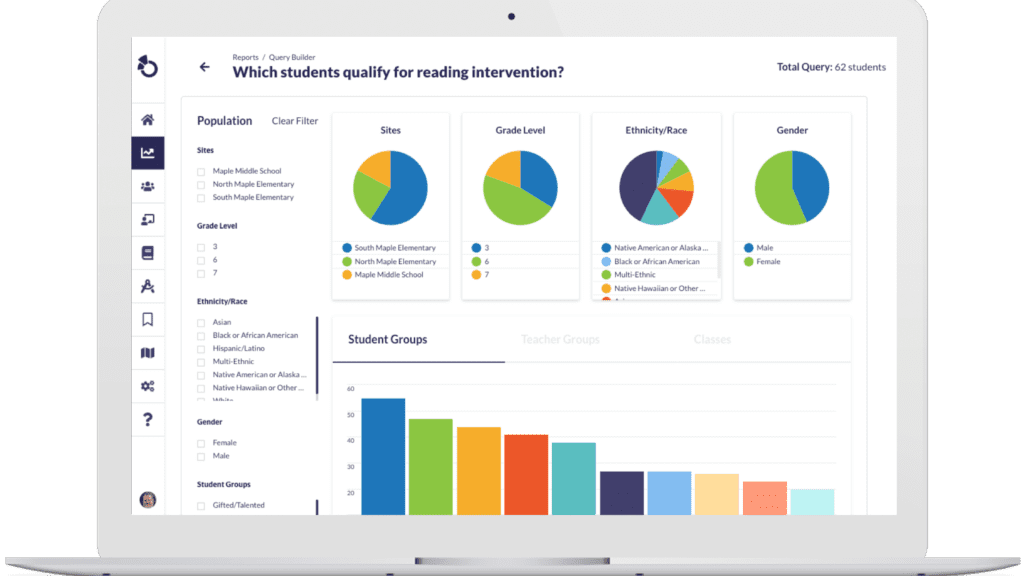How to Measure Student Progress Without Standardized Tests
By: Otus
Rather than focus on the debate about standardized tests, this article explores the question:
Without standardized tests, how would schools measure student learning?
Moving Beyond Standardized Tests
At Otus, we believe a current component of the U.S. education system—teach to the average—isn’t ideal. Todd Rose’s TEDx Talk, The Myth of the Average, explains this well. Rose says, “If we design learning environments for the average, odds are, we’ve designed them for nobody.”
Learning environments and standardized tests designed for the average aren’t ideal. In addition, many test developers caution against using standardized test scores as an exclusive measure of student performance. Considering alternative ways to measure student progress is important.
Anya Kamenetz, NPR’s lead education blogger and author of The Test: Why Our Schools are Obsessed with Standardized Testing But You Don't Have to Be, outlines four alternatives to standardized testing: sampling, stealth assessment, multiple measures, and inspections. Additional options include portfolio-based assessment, low-stakes testing, adaptive testing, and on-demand assessments.
While there are many possible options for educators, the following are the 4 effective alternatives to standardized testing:
- Sampling. Rather than test the entire student population every year, sampling tests a statistically representative group of students. While this alternative doesn’t eliminate traditional standardized tests, it lessens the impact on students, teachers, and states. According to an infographic from American University, “Students spend 20-25 hours per year taking standardized tests and states spend 1.7 billion on assessments.” Sampling reduces these numbers.
- Stealth or game-based assessment. According to a report from the MacArthur Foundation, “Stealth assessment refers to Early Childhood Development (ECD)-based assessments that are woven directly and invisibly into the fabric of the gaming environment.” Stealth assessments, integrated into resources like Scholastic and Khan Academy, eliminate the time, cost, and anxiety that accompanies traditional standardized testing.
- Multiple measures. This option encompasses a wide array of alternatives. Rather than rely exclusively on standardized tests, Kamenetz recommends collecting different information from students using things like social and emotional skills surveys, game-based assessments, and performance or portfolio-based assessments. One alternative, The Gallup Student Poll, measures hope, engagement, and well-being. Research shows these are indicators of success, linked to grades, retention, and employment.
- Portfolio-based assessment. Portfolio-based assessments measure student progress based on projects, presentations, reports, and papers collected over time. informED says, “ Portfolios...seek to give a richer, multidimensional picture of students’ capabilities by assembling a body of work.” The New York Performance Standards Consortium uses portfolio-based assessment in place of standardized tests.
Measuring Progress Without Standardized Tests
As the Educational Technology (EdTech) industry advances, the opportunity to gather more valuable, comprehensive, and diverse student progress measures becomes easier. With these more holistic measures of student progress we gain a more insightful understanding of the support each student needs.
As digital formative assessment tools and classroom management software like Otus are integrated into more classrooms, schools will have access to more alternatives to standardized testing.
If you are an administrator looking for the best K-12 learning platform, Otus is one system to teach, grade, analyze, and plan. Find more info here, or request a demo below.
Related Resources
Request a demo!
See exactly how Otus can help your school accelerate student growth and improve student outcomes – all while saving educators time.





